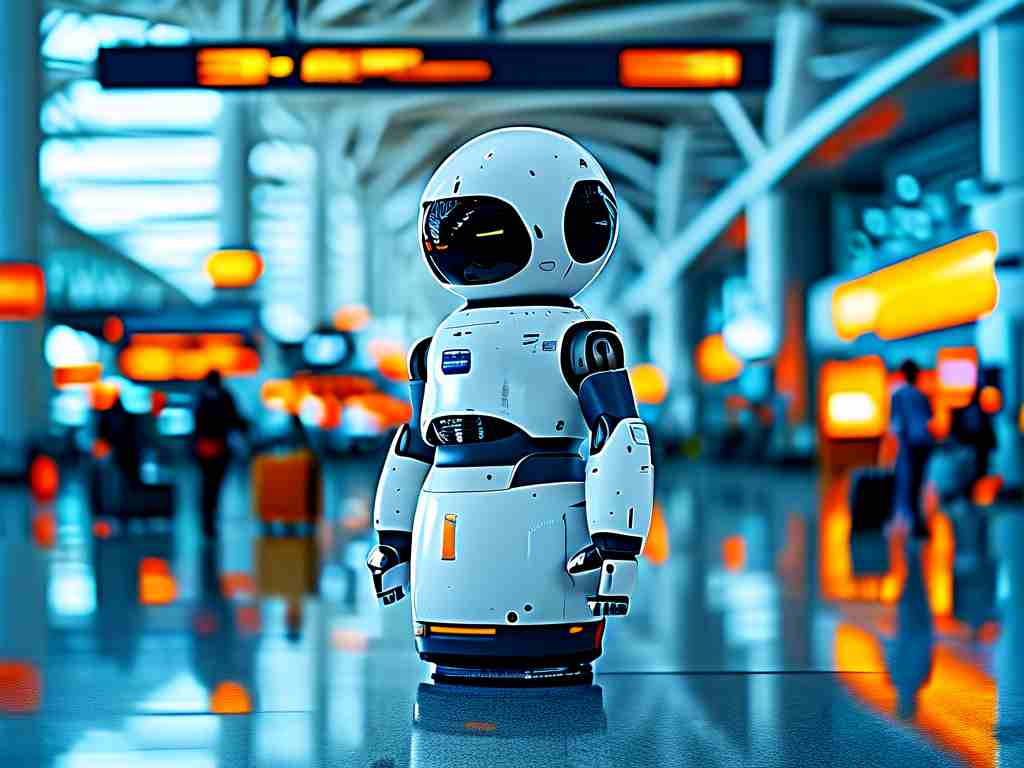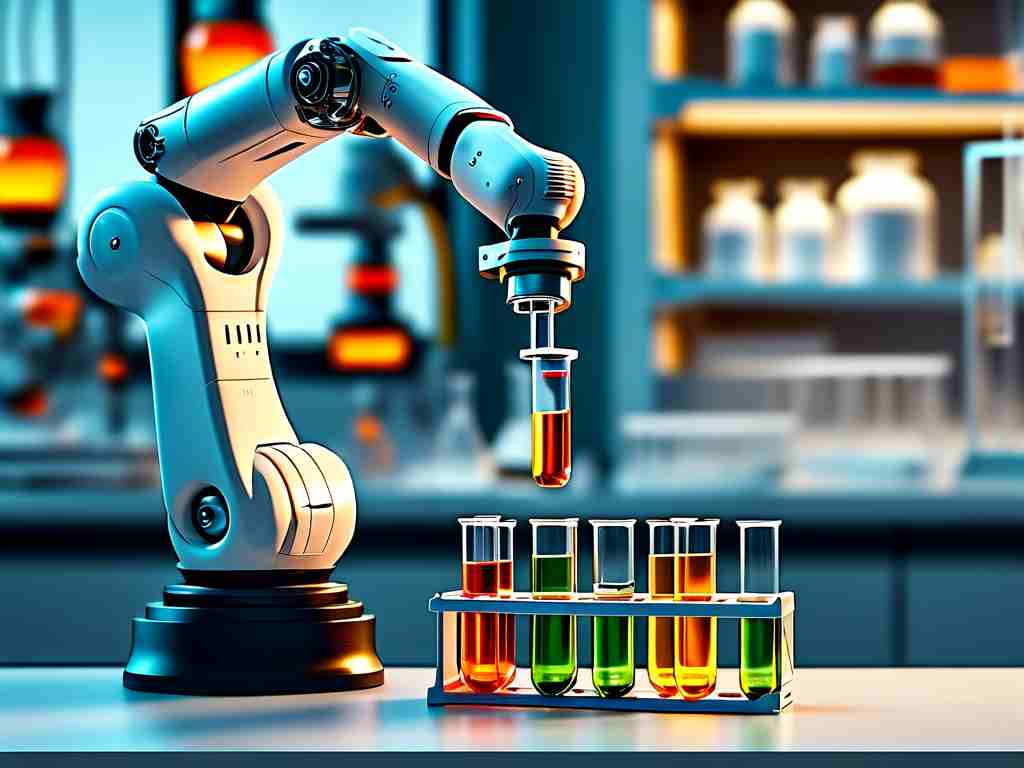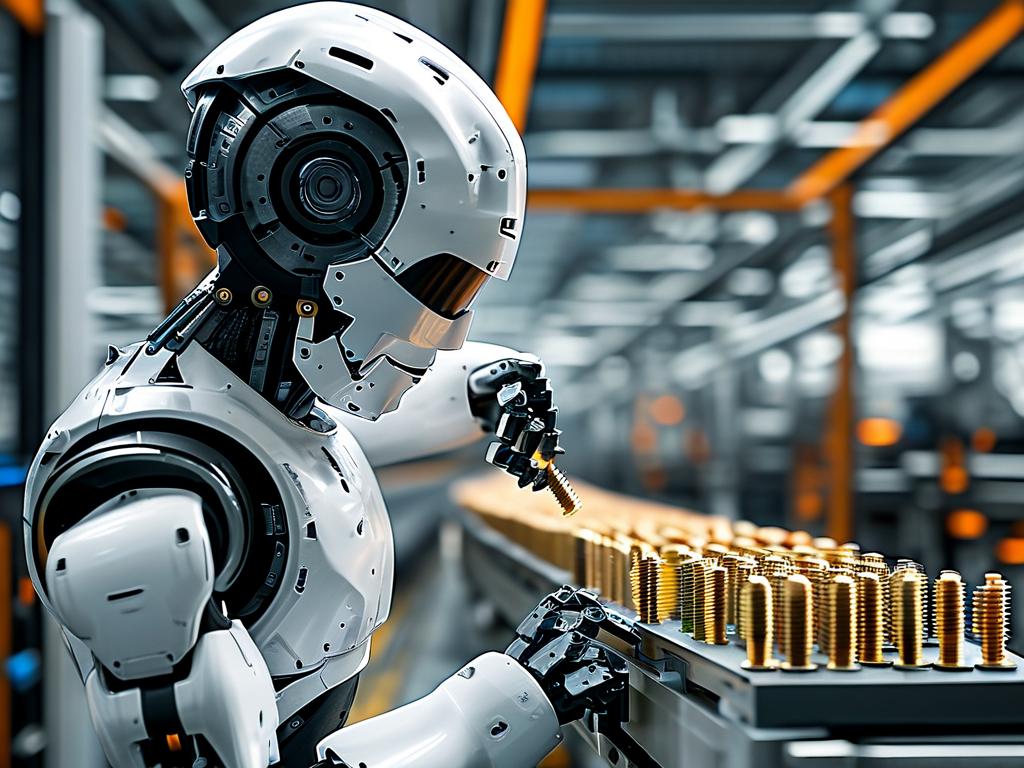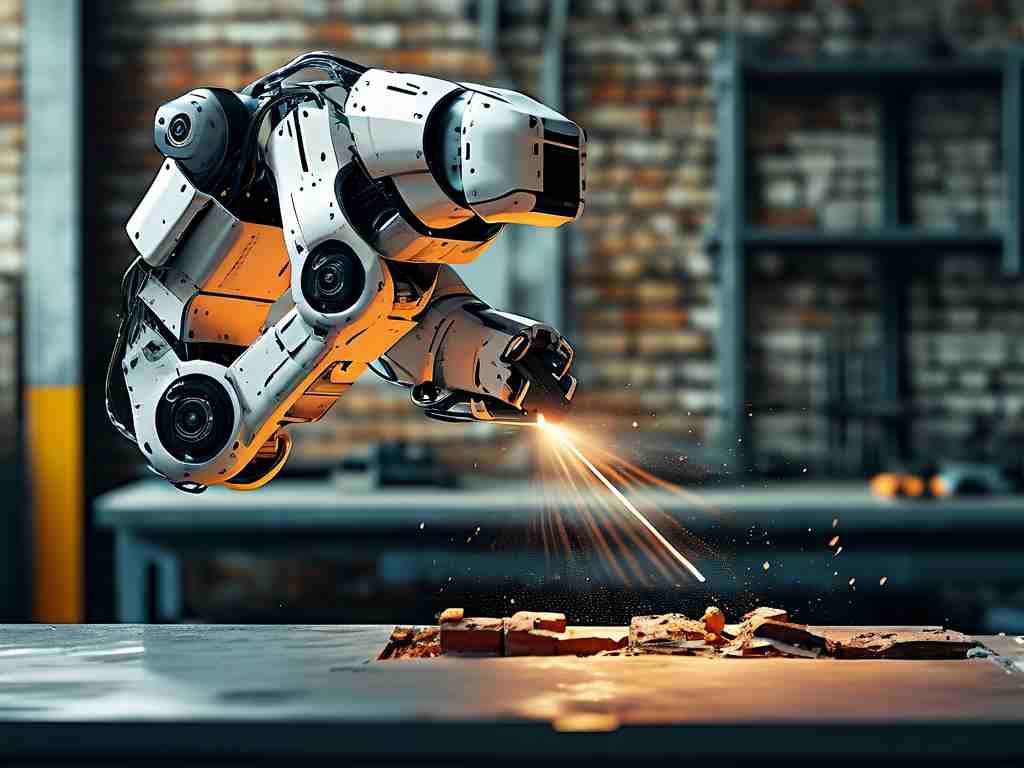The integration of robotics into industrial manufacturing has revolutionized processes requiring precision and repeatability. Among these innovations, robotic adhesive dispensing systems stand out as a critical advancement, particularly in industries like automotive, electronics, and aerospace. This article explores the underlying principles of robotic adhesive application technology, its operational frameworks, and emerging trends shaping its evolution.
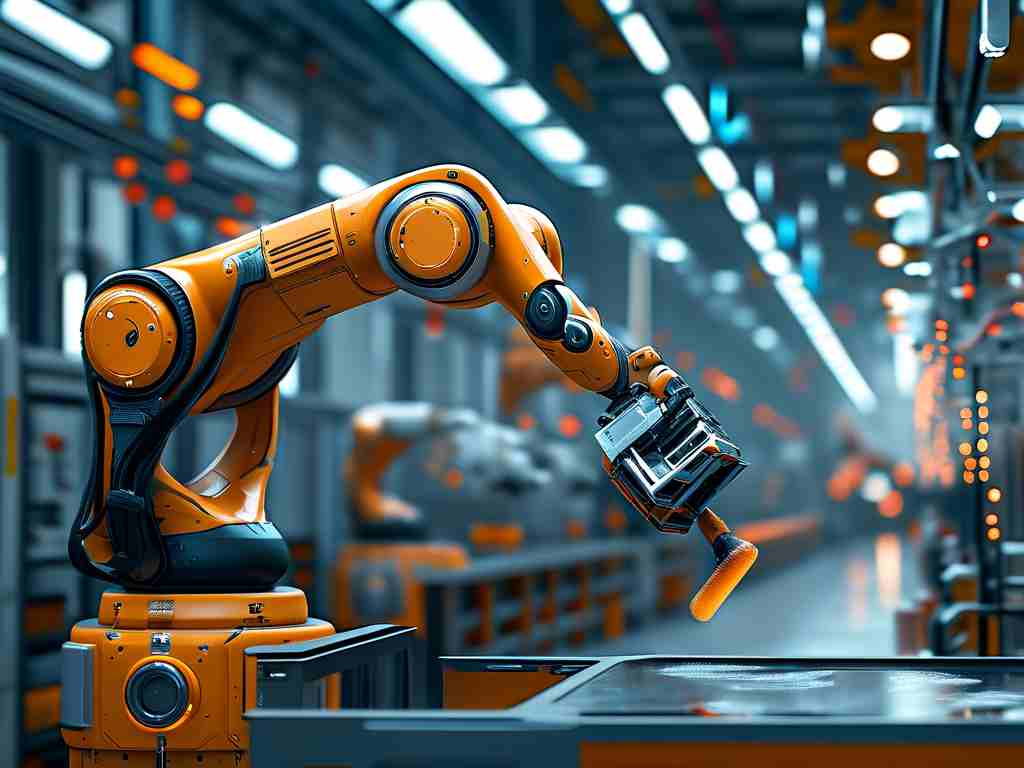
Core Mechanism of Robotic Adhesive Dispensing
At its foundation, robotic adhesive application relies on three interconnected components: motion control systems, specialized end-effectors, and real-time sensing technologies. Modern robots employ servo motors and linear actuators to achieve micron-level positioning accuracy, ensuring consistent glue bead formation across complex surfaces. The end-effector—often a pneumatic or piezoelectric valve—regulates adhesive flow rates with precision, adapting to variations in material viscosity. Advanced systems integrate vision-based sensors or laser profilometers to detect surface irregularities, enabling dynamic path corrections during operation.
Programming and Path Optimization
Unlike traditional manual methods, robotic systems utilize offline programming (OLP) software to simulate coating paths before deployment. Engineers create 3D models of target components, defining optimal trajectories that minimize waste and prevent overspray. Machine learning algorithms are increasingly being deployed to analyze historical data, identifying patterns that enhance path efficiency. For instance, in automotive windshield assembly, robots calculate the shortest viable path while maintaining sealant integrity—a task impossible for human operators to replicate at scale.
Material Compatibility Challenges
A lesser-discussed aspect of robotic adhesive application involves material science. Variations in adhesive curing times, thermal expansion coefficients, and substrate adhesion properties demand adaptive control strategies. Silicone-based sealants, for example, require precise temperature management during dispensing to prevent premature curing. Robotic systems address this through heated hoses and environmental chambers, maintaining optimal conditions from nozzle to substrate. Recent breakthroughs in self-adapting adhesives—materials that adjust viscosity in response to shear forces—further simplify robotic integration.
Industry-Specific Implementations
In electronics manufacturing, robotic coating systems achieve sub-millimeter accuracy when applying conductive adhesives to circuit boards. A case study from a Guangdong-based smartphone producer revealed a 40% reduction in adhesive waste after implementing vision-guided robots. Similarly, aerospace applications leverage multi-axis robotic arms to apply fire-resistant coatings inside aircraft engine compartments, operating in confined spaces inaccessible to human workers.
Economic and Sustainability Impacts
The shift to robotic adhesive application isn’t merely technical—it carries significant economic implications. A 2023 report by the International Federation of Robotics noted that manufacturers recoup robotic system costs within 14 months through reduced material consumption and labor expenses. Environmentally, precise adhesive usage lowers volatile organic compound (VOC) emissions by up to 30%, aligning with global sustainability mandates.
Future Directions
Emerging trends point toward hybrid systems combining collaborative robots (cobots) with augmented reality interfaces. Technicians wearing AR headsets can overlay digital coating paths onto physical components, streamlining quality checks. Additionally, research into quantum dot-based adhesives promises to enable real-time bond strength monitoring through embedded nanoparticles—a development that could redefine quality assurance protocols.
Despite these advancements, challenges persist. Small-batch production scenarios still favor manual methods due to high robotic reprogramming costs. However, the proliferation of modular robotic cells with plug-and-play tooling may soon bridge this gap, making automated adhesive application accessible to enterprises of all scales.
As industries continue prioritizing precision and resource efficiency, robotic adhesive dispensing technology will undoubtedly remain at the forefront of manufacturing innovation. Its ongoing evolution—from smarter algorithms to novel materials—heralds a future where human-machine collaboration achieves unprecedented levels of productivity and sustainability.





